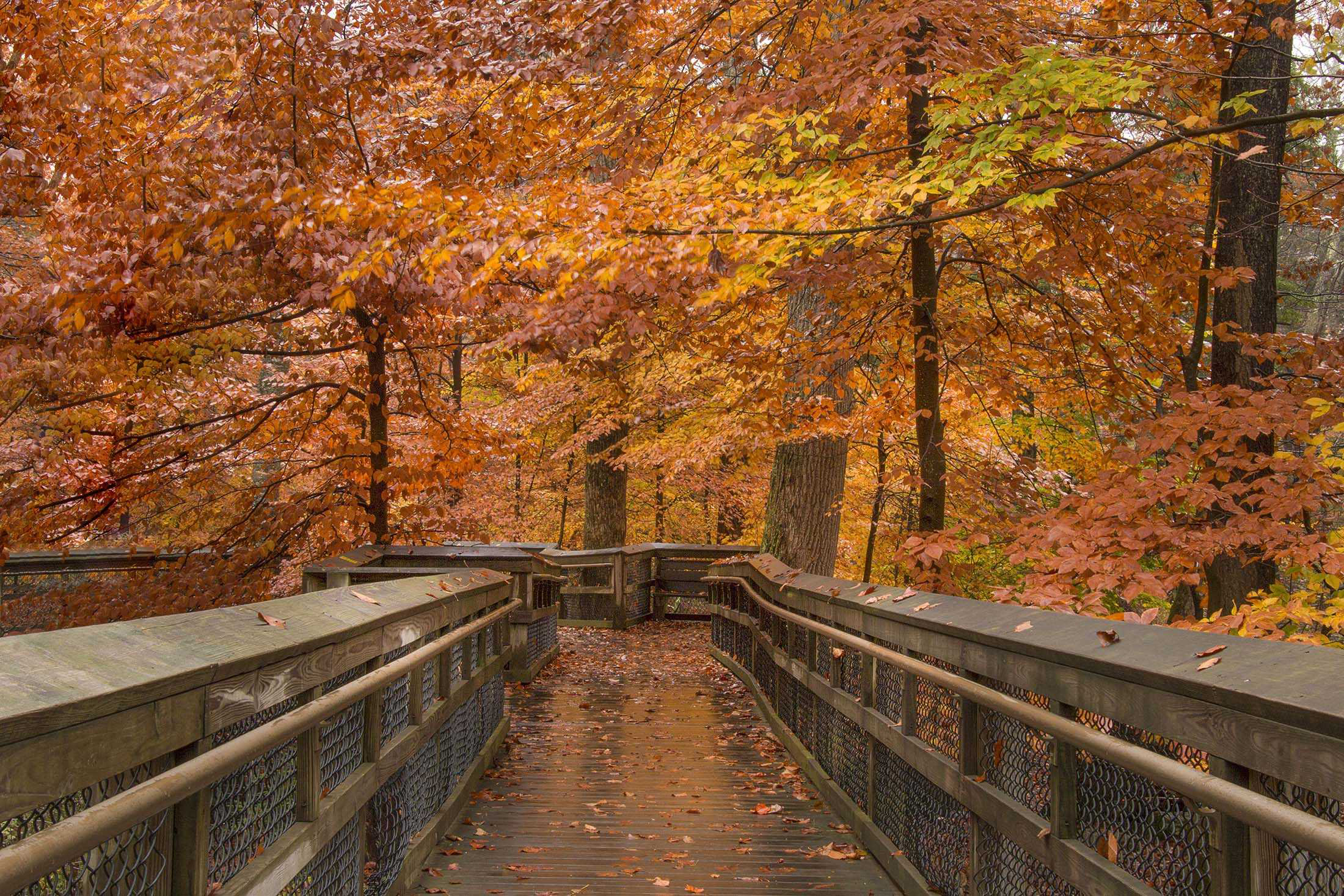
Happy Fall, Habichatters!
The weather is cooling down, but our love of the outdoors never does – and we bet you feel the same! In between admiring leaves and dodging acorns, we hope to entice you with an autumnal offering of articles to keep your wild side fed.
We’d like to welcome many of you to the newsletter for the first time! It was wonderful meeting and speaking with so many of you at the Maryland State Fair this year, and most importantly it reminds us why we maintain the Wild Acres program; to help our fellow Marylanders care for the beautiful natural setting we are lucky enough to live in!
To that end, we have an article about a couple in Chestertown who have been getting their hands dirty to help native Maryland wildlife, plus an article on enjoying the season (and the outdoors in general) with low mobility. Then, placate your palate with an article on our favorite native fruit trees and perk up your ears for a guest writer’s article on acoustic monitoring of bats this past summer. There’s something for every sense this season!
--
Team Habichat

 “A Walk Among the Trees” by Sharon Horn, Submitted to the 2021 Maryland DNR Photo Contest.
“A Walk Among the Trees” by Sharon Horn, Submitted to the 2021 Maryland DNR Photo Contest.
In This Issue:
Celebrating Stillness: Low Mobility Wildlife Appreciation
The world of outdoor recreation is vast and diverse in Maryland. Our residents live near natural spaces to enjoy biking, hiking, climbing, swimming, and other water sports - too many pursuits to list! That said, here at Wild Acres we know a secret: wildlife appreciation is often just as amazing (or even more rewarding) when you stay still.
Go to article
Wild Acres in Action: A Beautiful Backyard Pond
Recently we received this correspondence from a homeowner in Chestertown, and we want to share his exciting success! Many thanks to Randall Cleaver and Ashley Flory for the inspiration - keep up the great garden work in support of Maryland’s wildlife!
Go to article
Native Plant Profile: Favored Fruit Trees
In the ever-human quest to connect to the land and to ourselves, many of us turn to food gardening. Getting your hands dirty as a way to figuratively and literally “touch grass” is as old as humanity itself, but what can you do to help our native wildlife at the same time? Native fruits to the rescue!
Go to article
Natural Heritage Program Spotlight: Summer Bat Recap
What’s going on in Maryland in the world of bat research? Read our guest writer Sadie Rozics’s recap of her summer data collection work and what DNR found doing acoustic monitoring at Soldiers Delight Natural Environment Area.
Go to article
You can also
Download and Read the Entire Issue Offline
We want to hear from you!
Letters, e-mail, photos, drawings. Let us know how successful you are as you create wildlife habitat on your property.
Write to Me!
Sarah Witcher
Maryland Wildlife and Heritage Service
Maryland Department of Natural Resources
580 Taylor Ave., E-1
Annapolis MD 21401
[email protected]
410-260-8566
 | Habichat, the newsletter for Maryland's Stewards of Backyard Wildlife, is published by the Wildlife and Heritage Service, Maryland Department of Natural Resources. The facilities and services of the Maryland Department of Natural Resources are available to all without regard to race, color, religion, sex, sexual orientation, age, national origin, or physical or mental disability. This document is available in alternative format upon request. |